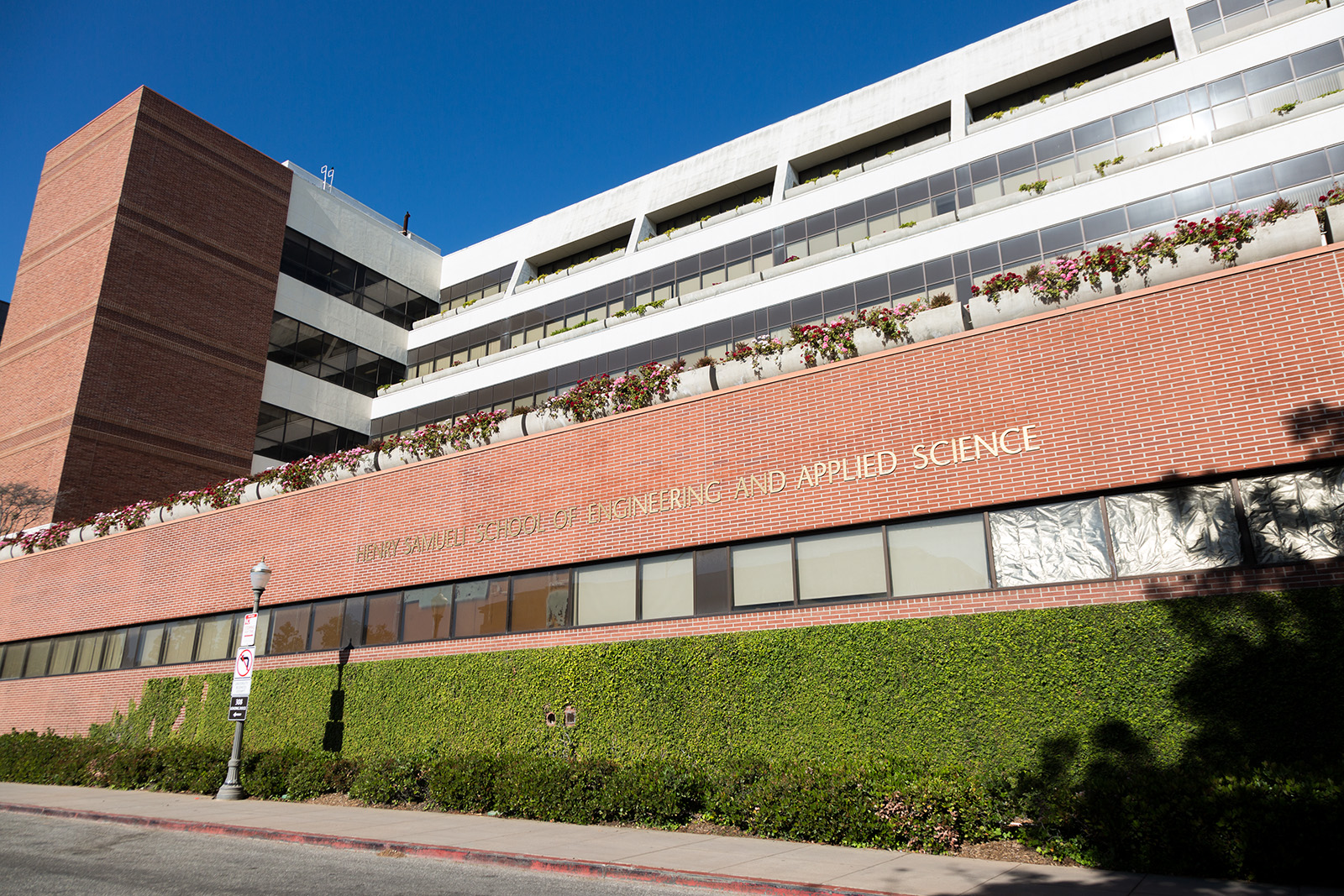Course evaluations could be beneficial, UCLA just needs to make them effective

UCLA’s course evaluation process does not incentivize student participation because of how varied – and how little – departments make use of the online instructor feedback. (Daily Bruin file photo)
By Pravin Visakan
Feb. 14, 2019 9:57 p.m.
We have all had that class: You walk into lecture, stare through chalk-dust laden air at dimly lit boards full of mathematical jargon and struggle to piece together what was taught to you for the past hour.
Sometimes it’s because of the material you’re learning. Other times, it’s because of the person teaching it.
Instructors receive feedback on their teaching primarily through UCLA’s course evaluation system. At the end of every quarter, students can submit an online form, filling out a set of generic questions about the quality of a class. These can include numerical scoring on qualities such as clarity, and short-form responses for general comments. Departments then review the feedback and make personnel decisions.
But online student evaluations, as they currently exist, aren’t a powerful enough feedback mechanism. For students, the results of submitting evaluations are often opaque. In many cases, students don’t see a professor again after taking a class, and therefore don’t see the results of their comments. If a professor does take note of feedback, they can often be stubborn or reluctant to change. From an instructor’s perspective, bias due to easier grading and even discrimination along the lines of gender and race can compromise the reliability and helpfulness of the evaluations.
Course evaluations and the other limited forms of instructor feedback are not fit for the challenge of educating educators. The instructor feedback process needs to be more frequent than once per quarter or per faculty review, and should encourage students and professors to engage more in the process. Teaching evaluations should come from multiple sources and be an easier part of UCLA’s learning process.
One issue is the low rates of student participation. With fewer students submitting feedback, those who do tend to have more extreme opinions, which may be motivated by irrelevant factors. Richard Korf, a UCLA professor and the vice chair of undergraduate studies for the computer science department, said he believes the older system of paper evaluation forms, with time in class allocated to filling them out, resulted in better feedback.
“It’s unfortunate we don’t get more students who respond,” Korf said. “Because you get a bias in that.”
While the evaluation forms are administered by the UCLA Office of Instructional Development, individual departments handle the feedback differently. Course evaluations can get added to faculty personnel files, and do come up informally or in performance reviews every few years. However, this is often in the context of other factors, such as research, public outreach and tenure. This process doesn’t directly or quickly solve issues with teaching.
More frequent and direct course evaluations could solve some of these problems. Having evaluations at the end of the quarter limits the amount of change a given student can see in their own lecture hall. More regular, and shorter, evaluations would allow changes in the middle of a quarter and would further incentivize student participation. Additionally, more questions unique to a given class, as opposed to those just included on a standard form, would result in better feedback.
The university can also ameliorate low student participation, which skews the feedback instructors receive, by using incentives. Some studies have shown that even nonacademic incentives increase student participation overall. Such a change could include meal tickets or priority enrollment.
There are additional issues inherent to using student feedback. Students aren’t experts on the subjects they’re here to learn, or on teaching them. And while they can’t be expected to suggest new teaching methods, fellow instructors can offer a hand.
Professor sit-ins are used already, but only in some departments. For example, Korf said the computer science department does not currently rely on fellow faculties’ feedback. Even when departments make use of professor feedback, it might not be frequent. It should be more normal for professors to observe and learn from one another. They can build off one another’s teaching techniques and get tips from those who may be better acquainted with the course material.
Professors overall need to engage more in the teaching process. Explaining the pedagogical process to students can orient them as to why they’re studying a subject in a certain way. It also gives instructors a chance to review and justify their methods to themselves.
Many of these processes, admittedly, do require more time and effort from instructors who already have busy schedules to deal with. Many classes cover massive amounts of material in UCLA’s 10-week quarters, and taking time out to review their or others’ teaching methods can seem like a nuisance. But the densest and most complicated classes are often the ones that need the most refined teaching approach. There is hard material that is hard to teach – but it’s UCLA’s mission to teach it nonetheless.
Course evaluations can sometimes seem as perplexing as those convoluted equations we’ve all seen scrawled on messy chalkboards. Dealing with both, though, shouldn’t be as hard.


